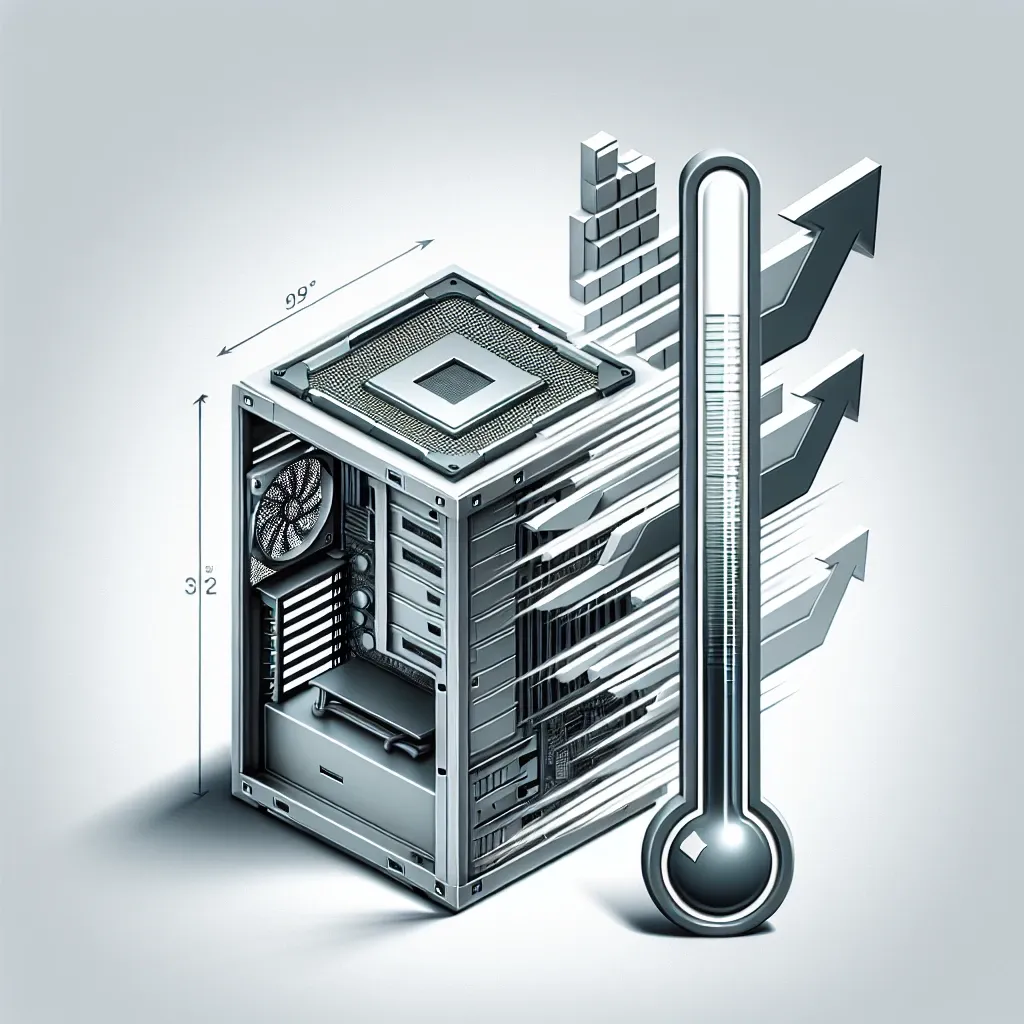Maintaining optimal CPU temperature and performance is crucial for the longevity and efficiency of your computer. High temperatures can lead to thermal throttling, reducing your system’s performance and even causing potential hardware damage. Fortunately, there are several methods and tools available to help you monitor your CPU’s health.
Why Monitoring CPU Temperature is Important
Understanding why it’s critical to monitor your CPU temperature can help you take proactive measures to protect your system. Here are some key reasons:
- Prevents Overheating: Continuous exposure to high temperatures can damage CPU components.
- Enhances Performance: Maintaining a low temperature allows the CPU to run efficiently without throttling.
- Extends Lifespan: Cooler temperatures generally mean a longer lifespan for your CPU.
Comparing Normal and Overheating CPU Temperatures
The following table provides a general overview of normal versus overheating CPU temperatures:
| CPU State | Temperature Range (°C) |
|---|---|
| Idle | 30-40 |
| Normal Load | 50-70 |
| Overheating | 80+ |
Tools for Monitoring CPU Temperature
Several free and paid software tools can help you monitor your CPU temperature effectively.
1. HWMonitor
HWMonitor is a comprehensive software tool that provides real-time monitoring of your system’s hardware, including CPU temperature.
- Pros: Free, detailed reports, compatible with most hardware
- Cons: May be overwhelming for beginners
2. Core Temp
Core Temp is a user-friendly tool specifically designed to monitor CPU temperature.
- Pros: Simple interface, customizable alerts
- Cons: Limited features compared to other tools
3. Real Temp
Real Temp is designed for Intel processors and provides accurate temperature readings.
- Pros: Highly accurate for Intel CPUs, easy to use
- Cons: Limited to Intel processors
Monitoring CPU Performance
Monitoring your CPU’s performance is equally important. Here are some tools that can help:
1. Task Manager
Windows Task Manager provides a built-in way to monitor CPU performance.
- Pros: Built-in, easy access, real-time data
- Cons: Limited detailed information
2. CPU-Z
CPU-Z provides detailed information about your CPU, including real-time performance metrics.
- Pros: Detailed information, free
- Cons: Offers less real-time performance data
How to Keep Your CPU Cool
Besides monitoring, taking steps to keep your CPU cool is essential:
- Clean Your System: Regularly clean dust from fans and heat sinks.
- Improve Airflow: Ensure your computer case has good ventilation.
- Upgrade Cooling Solutions: Consider using higher-quality thermal paste or upgrading to a more efficient cooler.
Conclusion
Monitoring your CPU temperature and performance is essential for maintaining a healthy and efficient computer system. By using the right tools and taking preventative measures, you can ensure that your CPU operates at its best, increasing its longevity and overall performance.

